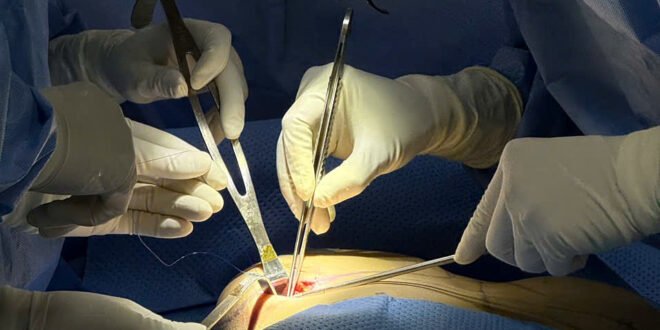Understanding Symmastia: Causes and Prevention in Breast Augmentation
Symmastia is a rare but significant complication that can occur after breast augmentation surgery. It is characterized by the merging of the breasts in the center, resulting in the loss of natural cleavage and midline separation. This condition not only affects the aesthetic outcome but can also cause discomfort and psychological distress for patients.
The primary causes of symmastia often stem from surgical techniques and patient-specific factors. One common issue is the selection of implants that are too large for the patient’s anatomical structure. When implants exceed the capacity of the implant pocket, they can shift medially, leading to the merging of the breasts. Additionally, overly aggressive dissection of the implant pocket—especially across the midline—can compromise the structural integrity of the surrounding tissues. Inadequate formation of the lateral pocket may further contribute to persistent pressure on the cleavage area, exacerbating the risk of symmastia.
Key Factors Influencing Implant Selection
Dr. Ho Cao Vu, an experienced revision breast surgeon with over 15 years of expertise, emphasizes that implant size selection must be based on several critical parameters. These include the diameter, projection, and the patient’s unique anatomical structure. Every individual has their own anatomical limits, and if the implant is too large relative to these limits, it may eventually be pushed toward the cleavage area over time.
The sternum’s position and width play a crucial role in determining how the implant pocket should be dissected. The medial edge of the implant should be positioned close to the sternum without being too close or too far. The cleavage area consists mainly of skin, fat, and connective tissue, while the fascial and muscular structures in this region are relatively thin compared to other parts of the breast. In some cases, a narrow, elongated, or mildly concave sternum may also influence the overall shape of the breast.
Common Causes of Symmastia
Several factors can contribute to the development of symmastia, both during surgery and in the postoperative period. One of the most frequent causes is the over-dissection of the implant pocket toward the sternum. If the pocket is dissected too aggressively along the medial fascia without properly releasing the lateral border, the soft tissue may become overstretched. This can lead to the implants shifting medially, resulting in merged breasts and outward-pointing nipples.
In some instances, symmastia arises from a combination of an oversized implant and an overly large implant pocket. Ignoring anatomical limitations is another significant factor. For example, in patients with naturally wide-set chests, creating narrow cleavage may not be anatomically feasible. If the surgeon prioritizes cosmetic goals over anatomical reality, complications like symmastia can develop.
Incorrect use of compression bras during recovery is also a contributing factor. Wearing a compression bra too tightly to force the breasts inward may apply continuous pressure on the sternum, potentially leading to symmastia. Patients should follow their surgeon’s post-op garment instructions carefully and avoid adjusting the bra’s fit or applying pressure in an attempt to enhance cleavage.
Case Study: A Complex Revision Surgery
A Vietnamese patient living abroad had undergone three previous breast surgeries: the first was a breast augmentation performed 10 years ago, followed by implant removal in the second, and a third surgery using a lateral incision to place new implants. Over time, she developed symmastia and a significantly oversized implant pocket, which led to lateral implant displacement and hypertrophic scarring along the old incision site.
She was referred for consultation and underwent revision surgery, which involved implant removal, symmastia correction, and new implant placement. The surgeon made an incision along the infranipple fold, removed the previous 355cc textured implant, reconstructed the pocket to match the new implant, and performed scar revision with aesthetic closure.
Corrective Procedures and Patient Considerations
For symmastia cases, Dr. Vu emphasizes that corrective procedures must be performed at a fully equipped general hospital as they are major surgeries requiring maximum safety. “In many cases, we must recreate the implant pocket and replace the implant,” he said. Patients are advised to carefully consider the surgical plan and select implant types and sizes suited to their individual anatomy to minimize the risk of complications like symmastia.
By understanding the underlying causes and taking proactive measures, both surgeons and patients can work together to achieve safe and aesthetically pleasing outcomes in breast augmentation procedures.
 Info Malang Raya Its All About World News
Info Malang Raya Its All About World News




